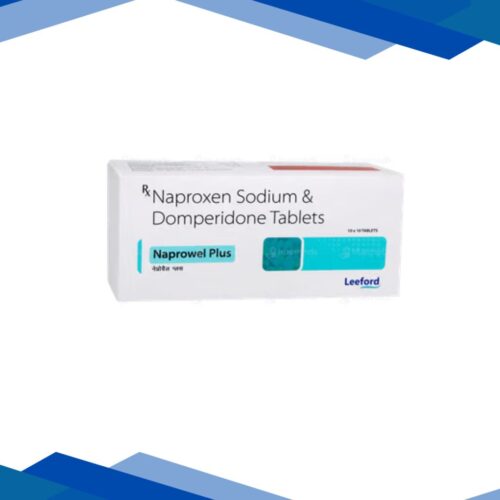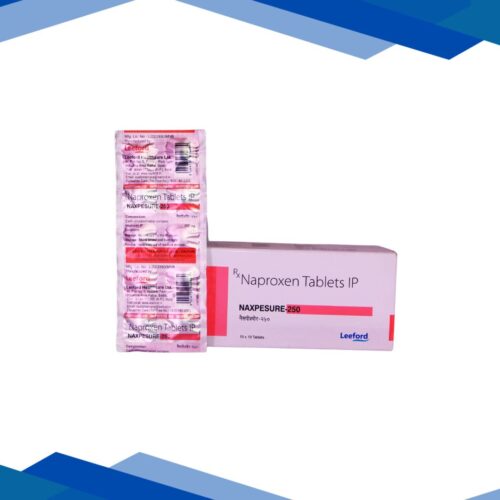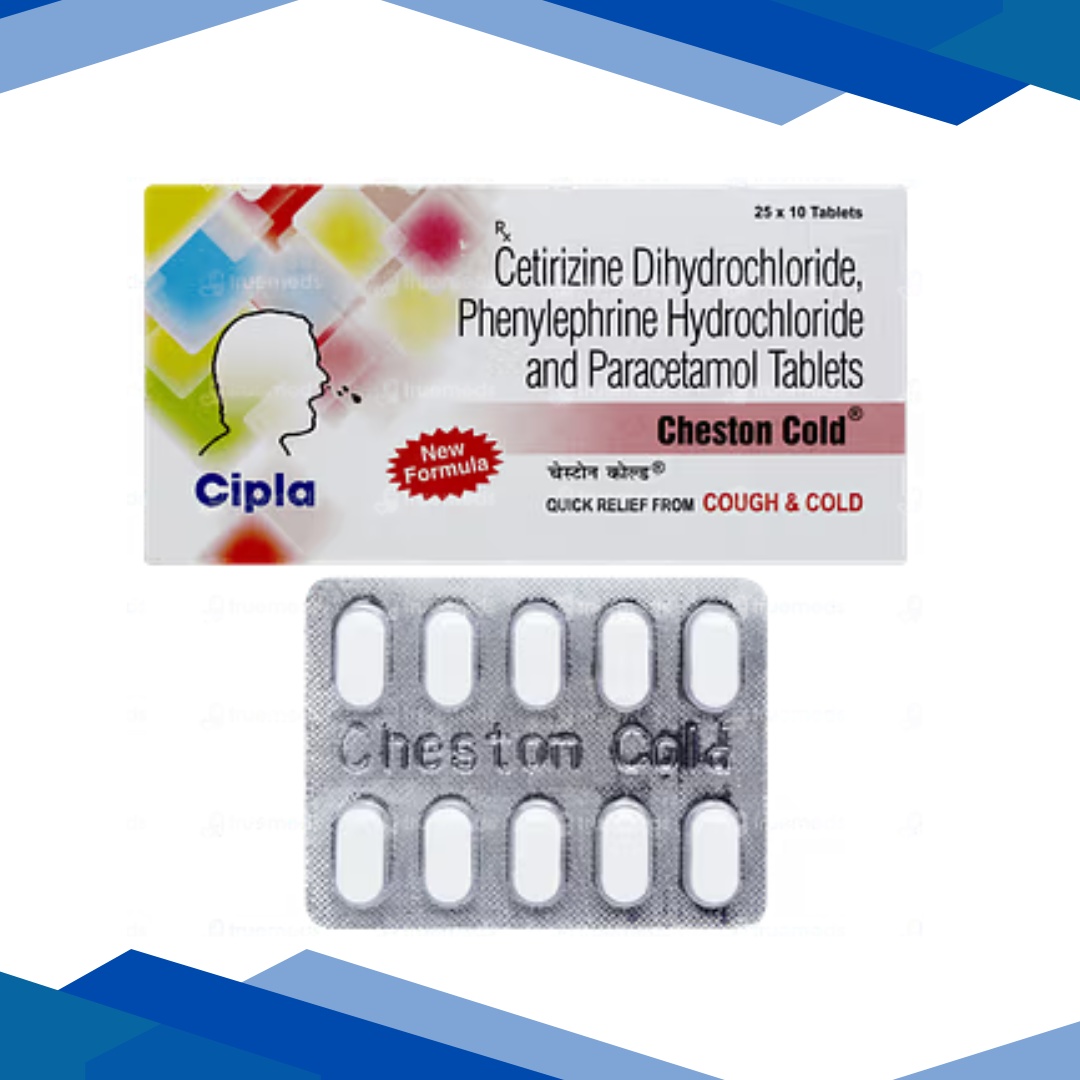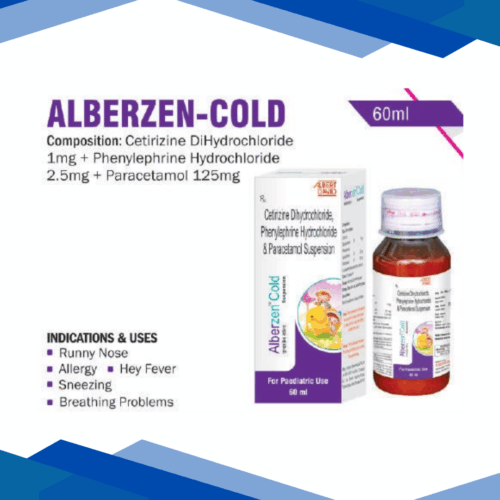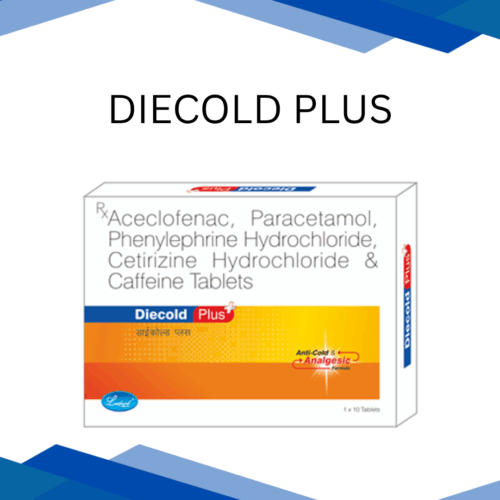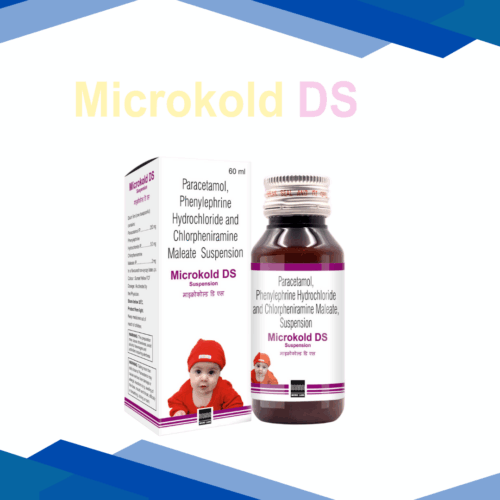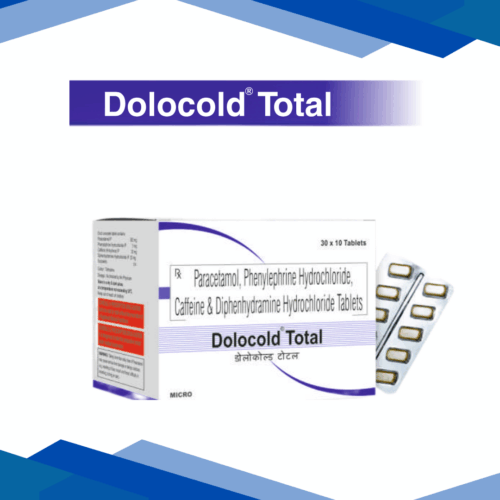Cheston Cold Tablet 10
No Prescription yet? Don’t worry! Click Here to Get Online Consultation
Why Prescription is Required?
✅ Providing Right Medicines
Prescriptions are complex documents. We proofread and recheck at various steps to provide you the right medication in the correct form and dose.
⚖️ Helps Comply with the Law
Most medicines cannot be sold without a valid prescription, as per the Drugs and Cosmetics Act, 1940 and Rules, 1945.
Book Appointment with Doctor
Cheston Cold Tablet helps relieve symptoms of the common cold such as nasal congestion, runny nose, sneezing, watery eyes, and minor aches or fever. It provides symptomatic relief to help you feel better and recover faster. For more details kindly click on Medicine Salts below:
Cetirizine
CETIRIZINE
Overview:
Cetirizine is a commonly used allergy medicine that helps ease symptoms like sneezing, runny nose, itchy eyes, and skin rashes. It’s often used to treat both seasonal allergies (like pollen) and everyday allergies (like dust, pet hair, or mold).
Classification: Antihistamine
Uses:
Sneezing and runny nose from seasonal triggers like pollen
Red, itchy, or watery eyes
Itching in the nose or throat
Skin rashes like hives that are itchy or swollen
Discomfort from indoor allergies such as dust mites, pet fur, or mold
It works by calming the body’s overreaction to allergy triggers, making you feel more at ease.
How It Works:
Cetirizine works by blocking the action of a chemical called histamine in your body. Histamine is released when you’re exposed to things you’re allergic to—like pollen, dust, or pet dander—and it causes symptoms like sneezing, itching, and watery eyes.
By stopping histamine from doing its job, cetirizine helps reduce these allergy symptoms and makes you feel more comfortable. It starts working fairly quickly and usually doesn’t make you very sleepy, which is why many people prefer it for daytime use.
Dosage: As prescribed by your doctor.
Side Effects:
Most people tolerate Cetirizine well, but some may notice mild side effects like:
Drowsiness or feeling a bit sleepy (less than older allergy meds, but still possible)
Dry mouth
Headache
Feeling tired or low energy
Dizziness
Stomach discomfort or nausea (less common)
These side effects are usually mild and go away on their own
Precautions:
May cause slight drowsiness: While cetirizine is usually non-drowsy, some people might still feel a bit sleepy—so be cautious when driving or doing anything that needs focus until you know how it affects you.
Avoid alcohol: Drinking alcohol can make you more sleepy or dizzy when combined with cetirizine.
Talk to your doctor if pregnant or breastfeeding: Cetirizine is generally safe, but always check with your doctor before using it if you’re expecting or nursing.
Let your doctor know about other medications: Cetirizine can interact mildly with some medicines, so it’s best to share a full list with your healthcare provider.
Kidney problems: If you have kidney issues, your dose may need to be adjusted. Always use it under medical supervision in such cases.
Disclaimer:
This content is for informational purposes only. Always consult a healthcare provider for medical advice and proper dosage.
Paracetamol
PARACETAMOL
Overview
Paracetamol is a commonly used medication that helps relieve mild to moderate pain and reduce fever. It’s often used for:
Headaches
Toothaches
Muscle and back pain
Menstrual cramps
Cold and flu symptoms
It’s available over-the-counter and is considered safe when used as directed.
Classification
Analgesic and antipyretic agent
Uses
Paracetamol is used for pain relief and fever. It is used to relieve pain in conditions like headache, muscle pain, or dental pain.
How it works
When you produce a fever, your body’s internal thermostat — found in the hypothalamus portion of the brain — is raised to a higher temperature. This new set point is usually induced by pyrogens (substances made during infections) that tell the body to produce more heat as a form of immune defense.
Due to its effects in the brain, paracetamol reduces the production of reactive prostaglandins. Prostaglandins are disease-fighting chemicals released during infection that in turn, raise the body’s temperature set point. By decreasing prostaglandin levels, paracetamol enables the hypothalamus’ temperature control centre to bring the body’s temperature back down to normal, allowing the body to cool down and the fever to subside
Dosage
As directed by the physician
Precautions
Most people can take paracetamol safely, including:
pregnant women
breastfeeding women
children over 2 months of age – lower doses are recommended for young children
always get advice before taking paracetamol if you:
have liver or kidney problems
have problems with alcohol, like long-term alcohol misuse
are very underweight
are taking other medications
Don’t take paracetamol if you’ve had an allergic reaction to it in the past
Side effects
common side effects of paracetamol.
Nausea
Swelling
Vomiting
Pain
Tenderness in the upper abdomen
Sweating
Loss of appetite
Stomach cramps
Diarrhea
Major side effects are as follows:
Dark-colored urine
High fever
Lower backache
Skin having red spots
Rashes
Inflammation
Itching
Sore throat
Ulcers
Breathlessness
Yellowish eyes
Disclaimer
This content is for informational purposes only. Always consult a healthcare provider for medical advice and proper dosage.
Phenylephrine Hydrochloride
PHENYLEPHRINE HYDROCHLORIDE
Overview
Phenylephrine is a nasal decongestant used to temporarily relieve nasal discomfort caused by colds, allergies, and hay fever. It works by reducing swelling in the nasal passages, making it easier to breathe. However, it does not address the underlying cause of the symptoms or speed up recovery
Classification
Nasal decongestants
Uses
Oral and nasal phenylephrine are used as nasal decongestants to temporarily unblock a nose or relieve sinus pressure in people with nasal and sinus congestion caused by colds, allergies, or hay fever. While phenylephrine can provide some symptom relief, it doesn’t treat the underlying cause or speed recovery
How it works
Phenylephrine Hydrochloride is a sympathomimetic amine used as a topical decongestant, systolic vasopressor, and mydriatic agent. Its mechanism of action works through various pathways with the mechanism of action primarily based on its ability to stimulate alpha-adrenergic receptors, particularly alpha-1 receptors, which are involved in vascular smooth muscle contraction.
Dosage
As directed by the physician
Precautions
Before using Vazculep, please note:
Allergies: If you’re allergic to phenylephrine or any of its ingredients, avoid using this medication.
Children: Keep this medication out of reach of children. In case of overdose, seek medical help or contact a Poison Control Center immediately.
Contraindications (Do not use if you have):
Severe high blood pressure (hypertension)
Ventricular tachycardia (a type of rapid heart rate)
Closed-angle glaucoma (a condition affecting the eyes)
Hypersensitivity to phenylephrine or sulfites (a type of preservative)
Use with caution if you have:
Heart or blood vessel problems
Thyroid issues
Diabetes
Enlarged prostate
Liver or kidney problems
Asthma or sulfite sensitivity
Pregnancy & Breastfeeding:
Use during pregnancy only if the potential benefit justifies the potential risk to the fetus.
Considered safe during breastfeeding, but consult your doctor.
Side effects
Injection Site Reactions: Leakage of intravenous medication
Cardiovascular: High blood pressure (hypertension)
Heart Rate: Slow heart rate (bradycardia)
Mental Health: Anxiety, nervousness, restlessness
Neurological: Headache, dizziness, lightheadedness
Respiratory: Shortness of breath, chest tightness, wheezing
Gastrointestinal: Nausea, stomach pain or upset
Renal: Reduced urine output, decreased blood flow to the kidneys
Pulmonary: Fluid accumulation in the lungs (pulmonary edema)
Rebound Symptoms: Nasal congestion worsening after initial relief (rebound congestion)
Skin: Burning or stinging sensation
Other: Sneezing
If you experience any of these side effects, it’s important to consult with a healthcare professional for guidance.
Disclaimer
This content is for informational purposes only. Always consult a healthcare provider for medical advice and proper dosage.



